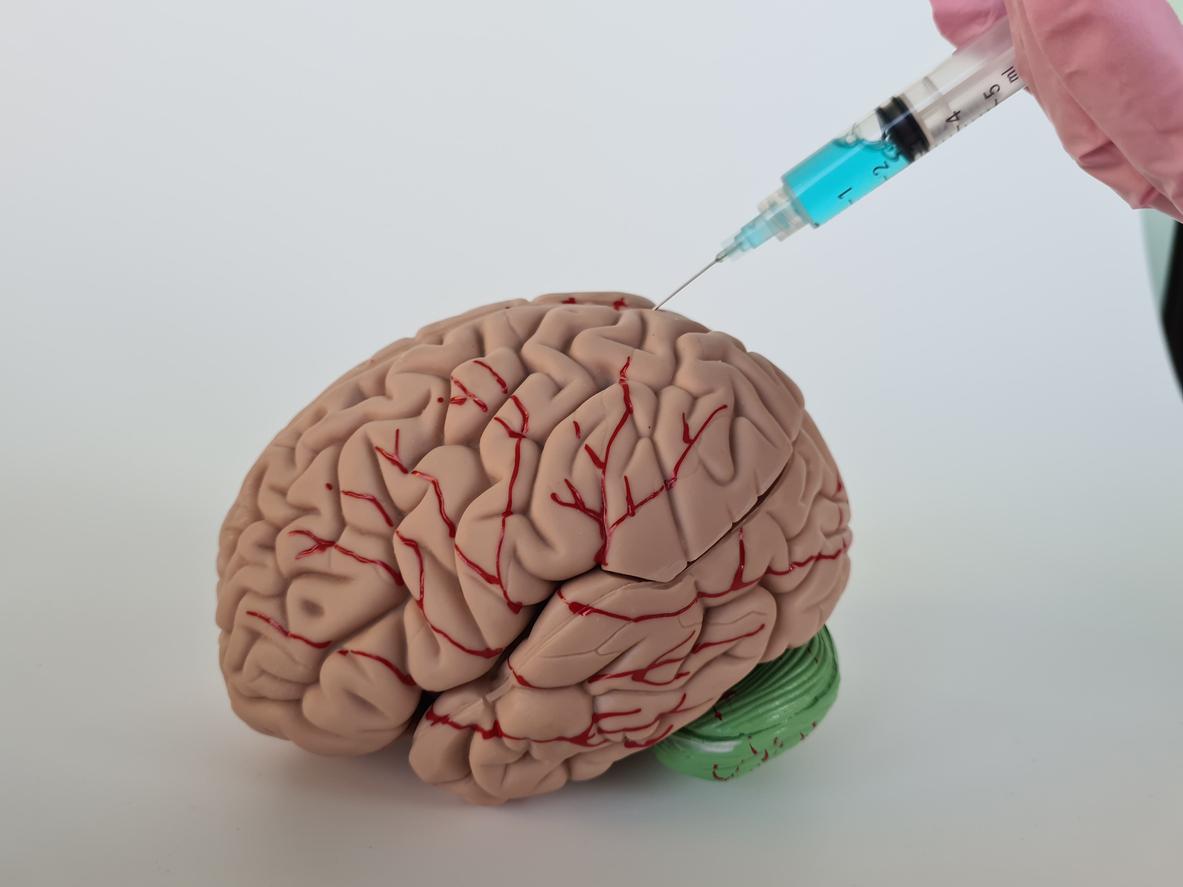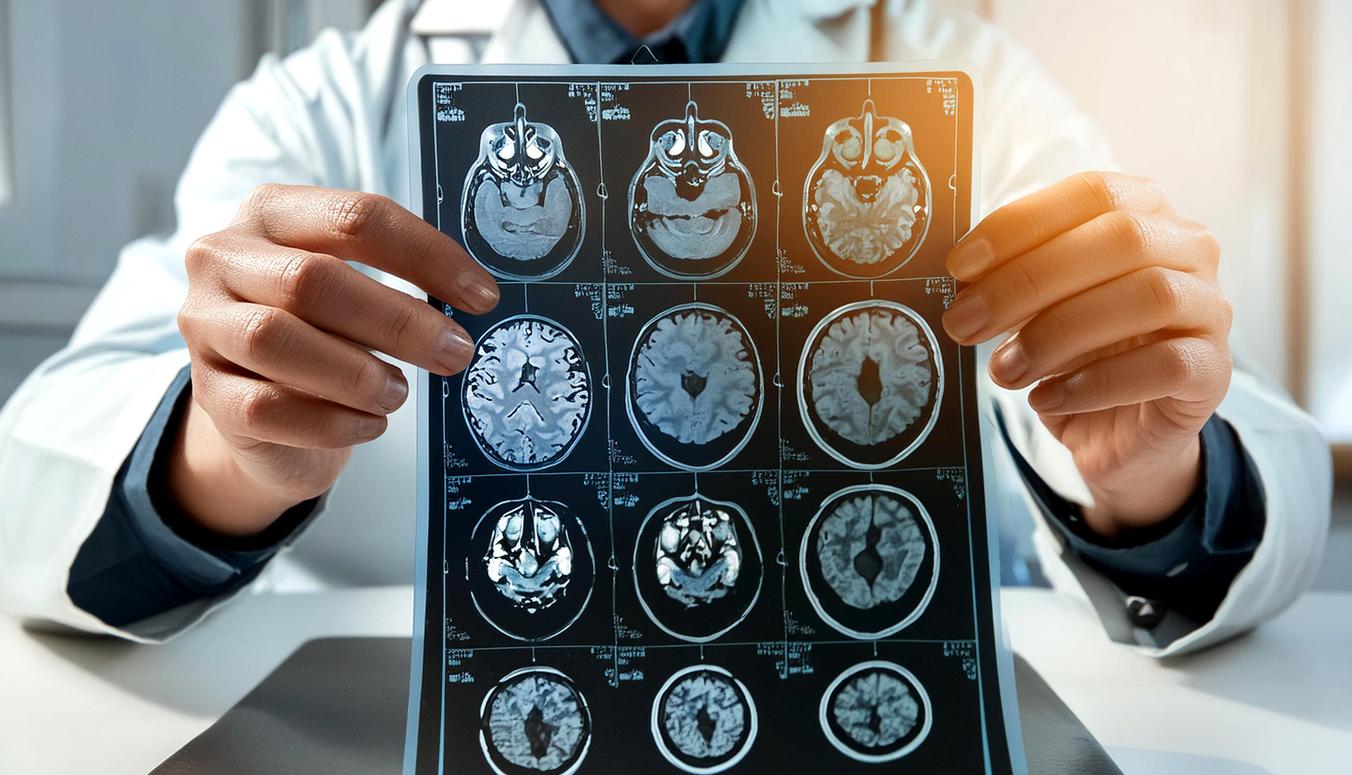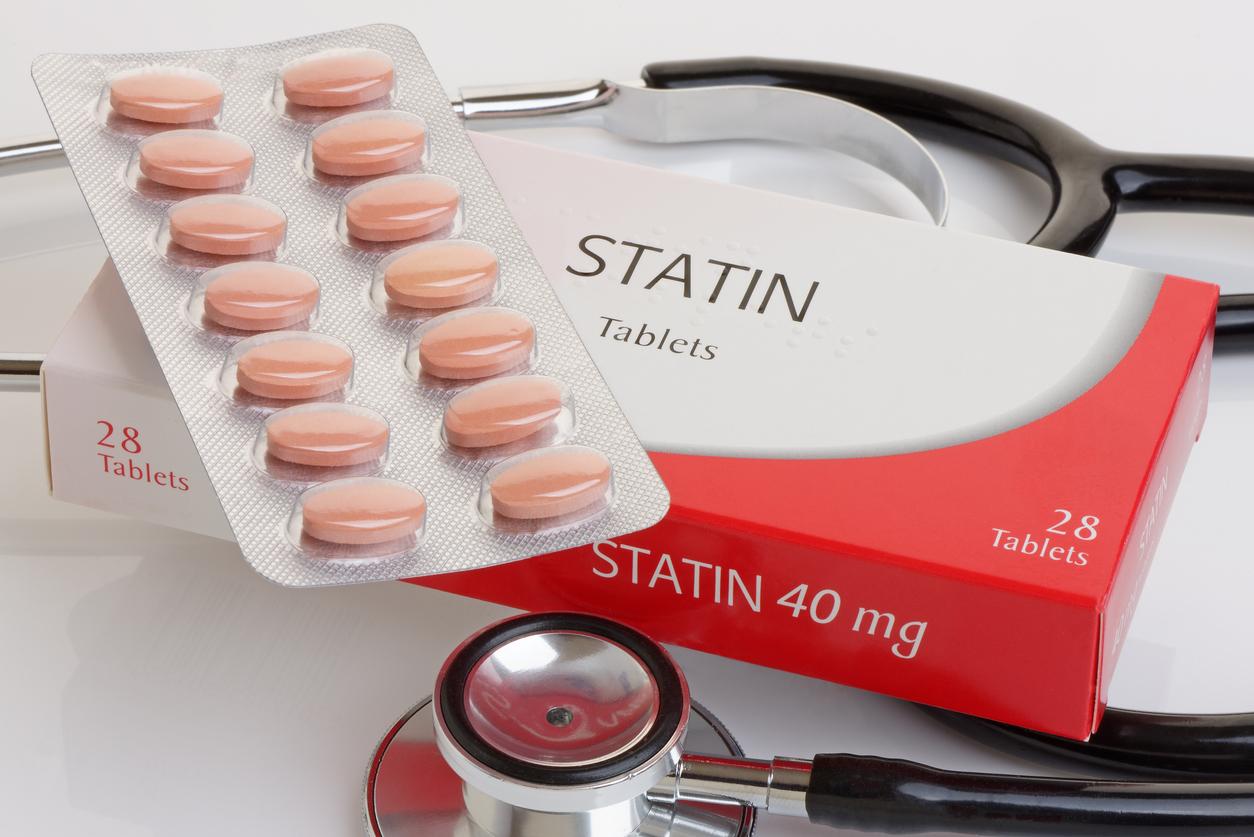537 million people suffer from diabetes, most of whom have type 2 diabetes. But until today, we did not really know how to act on the biological mechanism that causes it, only on the consequences, which the ‘we compensated by regulating blood sugar with medication. Inserm publishes in the journal Diabetes the results of a study which proposes a new therapeutic approach.
The idea would therefore no longer be to act on the absorption of glucose by compensating for it, but to restore “in the diseased adipocyte which has the consequence of treating insulin resistancewith beneficial effects on the whole organism”, underlines Inserm.
Work on the underlying mechanism of diabetes
To get there, they studied another disease, Alström syndrome, whose mechanism leads to type 2 diabetes. In short, they realized that two proteins interacted and blocked adipocytes, which could therefore no longer absorb glucose, leading to diabetes. They have developed a new family of drugs, called PATAS, which restores the normal physiology of adipocytes.
So far, the results have only been seen in mice. “The effects are visible in animals, with a marked improvement in insulin resistance, and a whole host of other parameters and comorbidities, including better glycemic regulation, a decrease in steatosis and fibrosis of the liver”, explains Vincent Marion. But clinical trials in humans should follow.
Source : PATAS, a First-in-Class Therapeutic Peptide Biologic, Improves Whole-Body Insulin Resistance and Associated Comorbidities In VivoDiabetes, July 2022
Read also:
- Obesity: a drug against diabetes also effective for weight loss
- Weight loss: 9 foods with a high glycemic index (and what to replace them with)
















